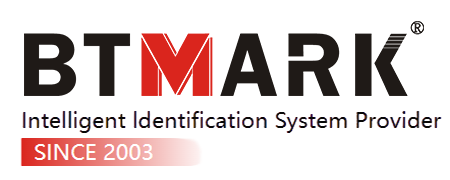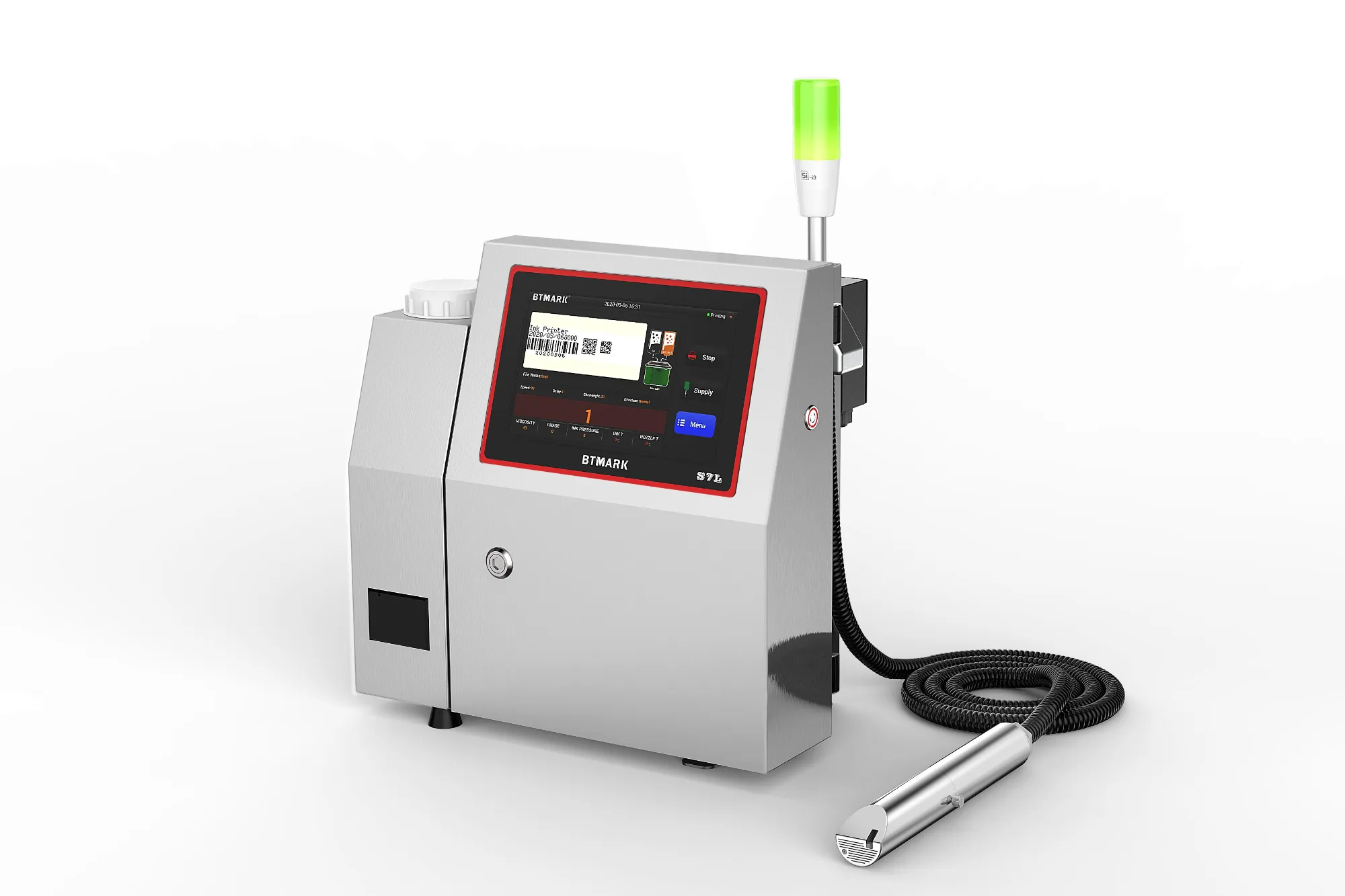Introduction to CIJ Printers
Continuous Inkjet (CIJ) Printers have long been at the forefront of industrial marking and coding, renowned for their ability to produce high-quality prints at high speeds. These versatile printers use a continuous stream of ink droplets to create precise markings on various substrates, making them indispensable across diverse industries.
The Technology Behind CIJ Printers
CIJ Printers operate by propelling electrically charged droplets of ink through a nozzle onto a substrate. A portion of the ink is recycled, while the remainder forms the printed characters, codes, or graphics. This non-contact printing method ensures rapid drying times and consistent print quality, even on irregular or curved surfaces.
Applications Across Industries
1. Food and Beverage Industry
In food packaging and processing, CIJ Printers are crucial for printing expiration dates, batch numbers, and barcodes on packaging materials such as plastics, glass, and metals. Their ability to handle varying production speeds and maintain legibility in challenging environments ensures compliance with stringent industry regulations.
2. Pharmaceuticals
CIJ Printers play a pivotal role in pharmaceutical manufacturing, where accurate product identification and traceability are essential for patient safety and regulatory compliance. These printers can mark on pharmaceutical packaging like blister packs, labels, and cartons, providing clear and durable prints that withstand sterilization processes and storage conditions.
3. Automotive and Electronics
For automotive and electronics manufacturers, CIJ Printers offer reliable solutions for marking components, parts, and assemblies with serial numbers, logos, and compliance codes. Their ability to mark on various materials, including metals and plastics, supports quality control efforts and facilitates tracking throughout the supply chain.
Advantages of CIJ Printers
1. High-Speed Printing
CIJ Printers are renowned for their high-speed capabilities, making them ideal for applications requiring rapid production line speeds. This efficiency helps manufacturers maintain throughput and meet production deadlines without compromising print quality or accuracy.
2. Versatility and Adaptability
CIJ Printers are versatile, capable of printing on a wide range of substrates and surface types. Whether marking on porous materials like cardboard or non-porous surfaces such as metal, these printers deliver consistent results, accommodating diverse production needs across industries.
3. Cost-Effective Operation
Despite their advanced capabilities, CIJ Printers are cost-effective due to efficient ink usage and minimal maintenance requirements. They operate with low ink consumption per printed character, reducing operational costs over time and enhancing overall production efficiency.
Future Trends and Innovations
As technology continues to evolve, CIJ Printers are poised to benefit from innovations such as enhanced connectivity for seamless integration with Industry 4.0 systems, advancements in ink formulations for improved print durability, and developments in printhead technology for increased reliability and efficiency.
Conclusion
Continuous Inkjet (CIJ) Printers continue to set the standard for industrial marking and coding, combining speed, accuracy, and versatility to meet the diverse needs of modern manufacturing environments. From food packaging to pharmaceuticals and beyond, these printers play a critical role in ensuring product traceability, compliance with regulatory standards, and brand integrity.
As industries embrace automation and digital transformation, CIJ Printers remain essential tools for enhancing operational efficiency, reducing waste, and maintaining high standards of product identification. By leveraging their capabilities in high-speed printing, versatility, and cost-effectiveness, CIJ Printers empower businesses to achieve greater productivity and competitiveness in a global marketplace driven by innovation and efficiency.

 EN
EN
 AR
AR
 BG
BG
 CS
CS
 DA
DA
 NL
NL
 FI
FI
 FR
FR
 DE
DE
 EL
EL
 HI
HI
 IT
IT
 JA
JA
 KO
KO
 NO
NO
 PL
PL
 PT
PT
 RO
RO
 RU
RU
 ES
ES
 SV
SV
 TL
TL
 IW
IW
 ID
ID
 SR
SR
 SK
SK
 UK
UK
 VI
VI
 HU
HU
 TH
TH
 TR
TR
 FA
FA
 AF
AF
 MS
MS
 GA
GA
 HY
HY
 BN
BN
 LO
LO
 LA
LA
 KK
KK
